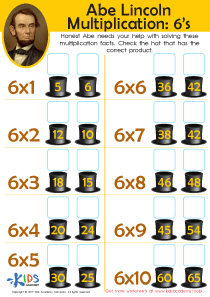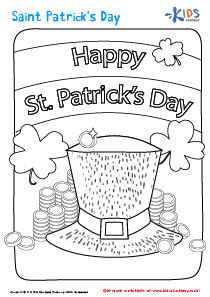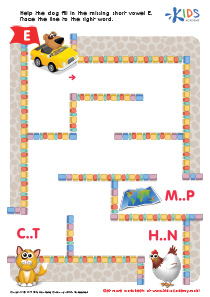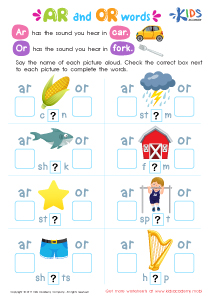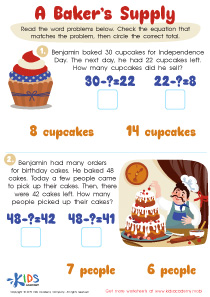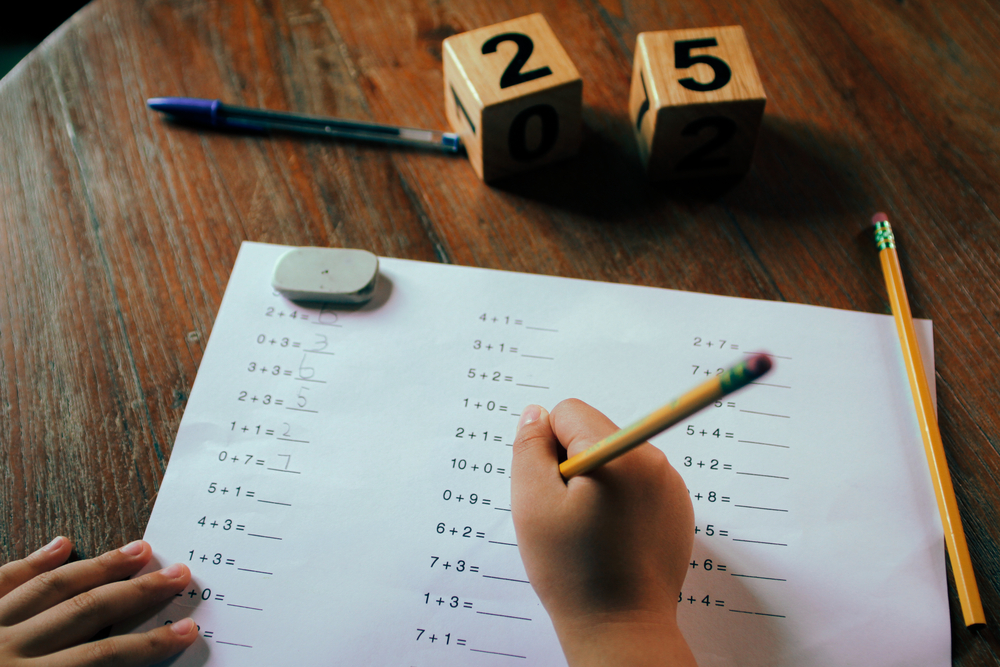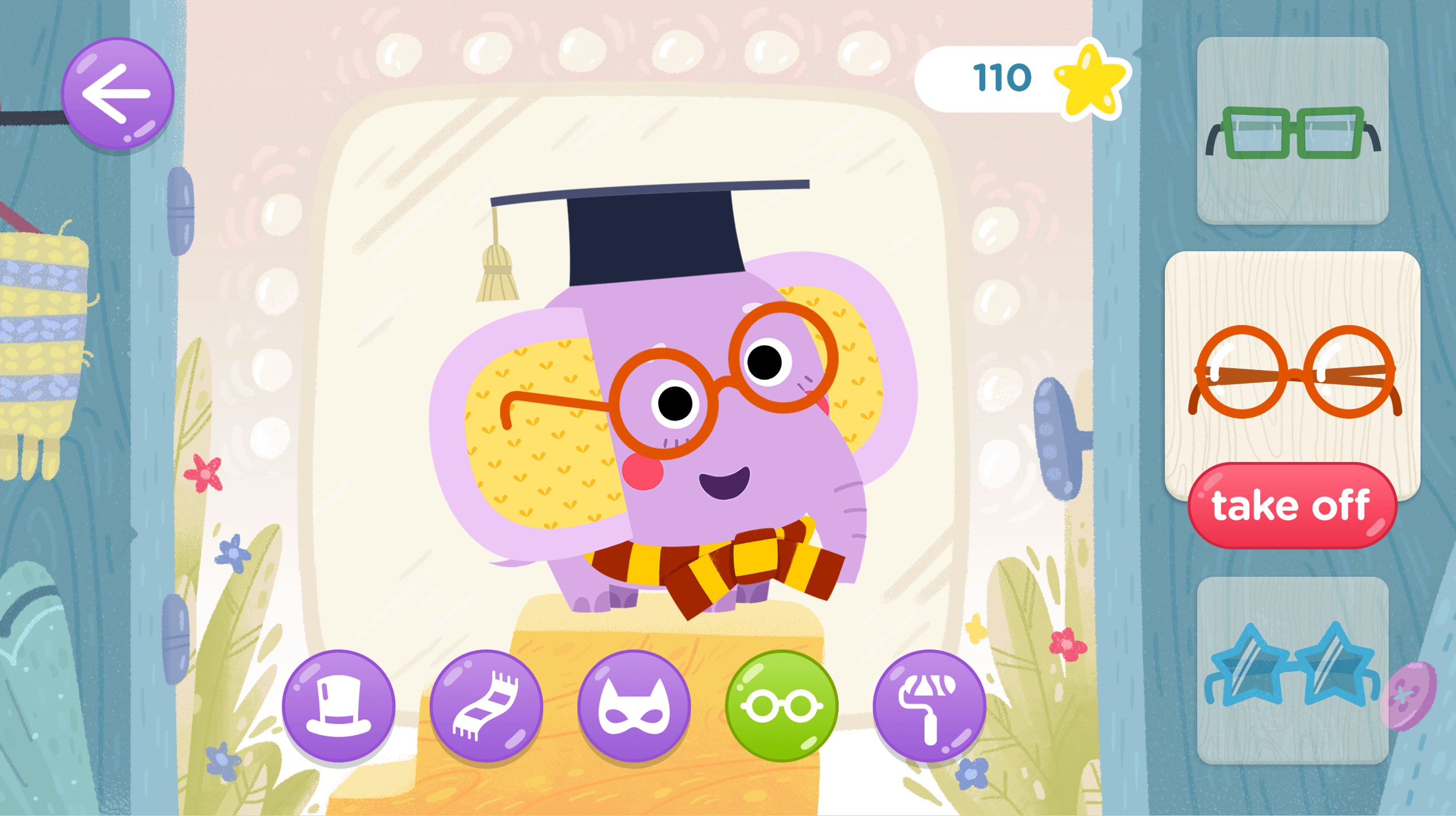Normal Making and Representing Fractions Quizzes for 8-Year-Olds
3 results
3 filtered results
Clear all filters3 filtered results
-
From - To
Dive into the world of fractions with our engaging Normal Making and Representing Fractions quizzes tailored for 8-Year-Olds! This interactive assessment tool is designed to check understanding and reinforce knowledge on how to create and visualize fractions in a fun and interactive way. Each quiz provides instant feedback, guiding children through the essentials of fractions, ensuring they grasp the concept fully. Perfect for young learners, these quizzes make learning about fractions an enjoyable and rewarding experience, laying a solid foundation in mathematics. Start your child's journey to mastering fractions today with our Normal Making and Representing Fractions quizzes!
In the world of mathematics, understanding fractions is a crucial stepping stone that paves the way for mastering more complex concepts. This is particularly true for young learners, such as 8-year-olds, who are just beginning to explore the fascinating world of numbers beyond whole integers. To aid in this essential part of their mathematical journey, our Normal Making and Representing Fractions for 8-Year-Olds offers an interactive and engaging approach that significantly enhances their learning experience.
The beauty of using Normal Making and Representing Fractions for 8-Year-Olds lies in its tailored design that meets the developmental needs and learning styles of children at this age. The quizzes are not just exercises but an interactive adventure that invites children to explore fractions in a context that is meaningful and engaging to them. This approach ensures that the abstract concept of fractions is broken down into understandable pieces that children can easily grasp and retain.
One of the key advantages of our Normal Making and Representing Fractions quizzes is the emphasis on visual learning. Children at the age of 8 are often visual learners, and by incorporating plenty of visual aids, such as pie charts, number lines, and colorful representations, we make the concept of fractions more tangible. This not only aids in their comprehension but also helps in retaining the information learned, as visual cues are more likely to be remembered than textual definitions or explanations alone.
Furthermore, the quizzes offer a hands-on learning experience. Children have the opportunity to interact with the fractions, such as by dragging and dropping pieces to make a whole or by visually representing a given fraction themselves. This active involvement in the learning process is crucial for young learners, as it transforms the learning from a passive to an active process, fostering deeper understanding and long-term retention of the concepts being taught.
The adaptive nature of our Normal Making and Representing Fractions quizzes is another aspect that makes them extraordinarily beneficial. The quizzes are designed to adjust in difficulty based on the child's performance, ensuring that each learner is challenged just enough to keep them engaged without causing frustration. This personalized learning experience caters to the individual needs of each child, allowing for a more efficient and effective learning process.
Additionally, our quizzes offer immediate feedback, which is integral for learning. As children interact with the quizzes, they receive instant responses to their actions, allowing them to understand what they did right and where they might have made a mistake. This immediate feedback loop encourages self-correction and reinforces learning, making the educational journey smoother and more rewarding.
In conclusion, our Normal Making and Representing Fractions for 8-Year-Olds is more than just a set of quizzes; it's a comprehensive learning tool designed to foster a deep understanding and appreciation of fractions in young learners. By making learning interactive, visual, hands-on, adaptive, and immediate in feedback, we ensure that children not only learn fractions but also enjoy the process, setting a solid foundation for their future mathematical endeavors.
